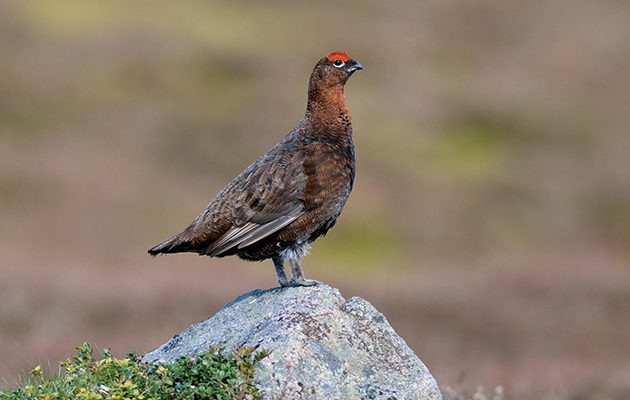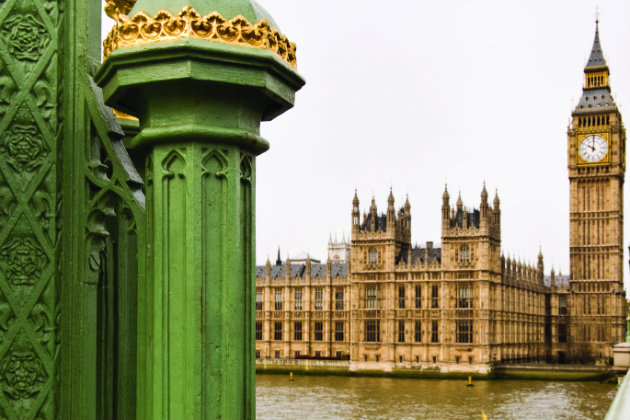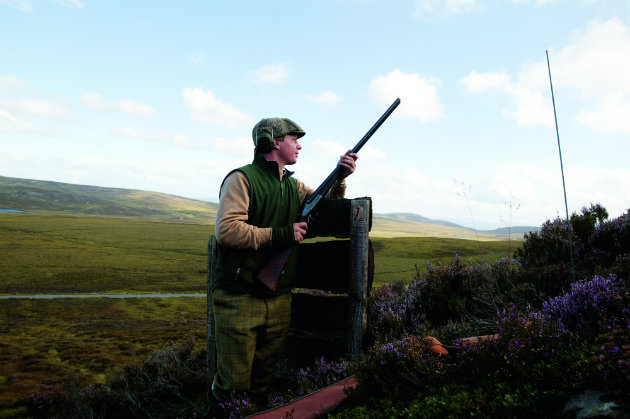1/2 IN CONCLUSION: #GrouseShooting debate – @theresecoffey “Gov has no intention of banning DGS…” — Shooting Times (@ShootingTimes) October 31,…
Win CENS ProFlex DX5 earplugs worth £1,149 – enter here
How the grouse debate was won
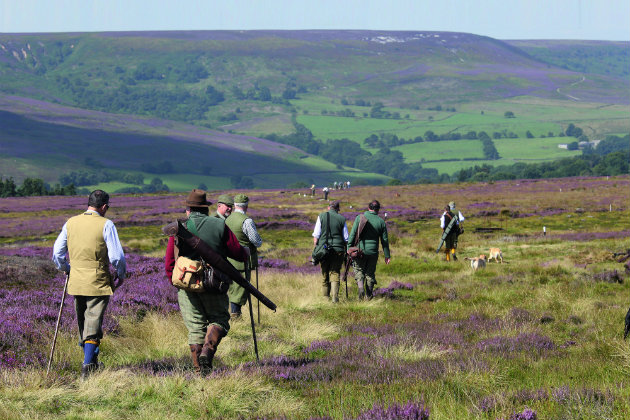
More than two years of hard campaigning by those who wanted to see driven grouse shooting banned has ended in complete failure. Securing parliamentary time for their issue was more than the anti-shooting campaigners dared hope for when they launched their latest petition to ban driven grouse shooting, and their excitement was palpable. The activists’ hopes were dashed however when what seemed to be the high point of their campaign turned into a resounding show of support for grouse shooting and its economic, social and ecological benefits. How did this happen, and what does it mean for the future of shooting?
Where did 100,000 names come from?
The first question to explore, and one I have attracted some ire for discussing publicly, is exactly why this petition obtained the 100,000 signatures necessary to trigger a debate in Westminster, where its two immediate predecessors failed. We have seen three “ban driven grouse shooting” petitions within the past two years. The first was signed by 22,399 people, the second by 33,655, and the third 123,077. All these petitions were started by former RSPB conservation director Mark Avery. Since leaving the RSPB he appears to have sought to draw the charity towards his hard-line position by appealing to its membership with his aggressive campaigning. But he started all three petitions, so he isn’t the key variable in the latest iteration’s success. The explanation lies in the fellow travellers he managed to attract, and the fact that no one is actually “signing” these petitions at all. They are clicking hyperlinks shared on social media.
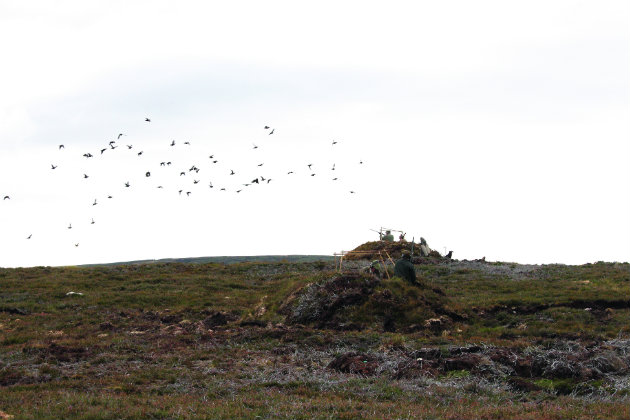
Grouse shooting came under the spotlight – but in the end the debate left the sport in a stronger position than before
Mark Avery reportedly took his latest petition to the RSPB and asked them to support it, but at that time the strategy of frightening the charity with their own membership had yet to bear fruit and they declined to get involved. So instead Dr Avery turned to the League Against Cruel Sports (LACS). Where the RSPB, to its credit, is a science-led conservation charity, LACS is a campaign group that is ideologically opposed to shooting. Unsurprisingly they jumped right on board.
The price of LACS’ involvement was a rhetorical link between the “ban grouse shooting petition” and their wider campaign against all game shooting, the crux of which is an attempt to paint game shooting in the UK as “canned hunting” comparable to the shooting of caged lions in Africa. This is clearly absurd, particularly when applied specifically to the shooting of wild grouse on the vast, open landscapes of our uplands, yet the laughable phrase “this is canned hunting” was crow-barred into the “ban grouse shooting” petition. Clearly securing LACS’ support was worth sacrificing some credibility.
Packham on the bandwagon
Next on the bandwagon was BBC presenter Chris Packham, followed by a range of celebrities of diverse backgrounds and talents. You may wonder why the views of TV presenters and aging rock stars would be of any significance, but this brings us to the unfortunate reality of the new phenomenon of campaign-by-petition. The name of the game is not to convince people with argument, but to incite an emotional response that moves them to click a hyperlink and declare in that moment, having seen an upsetting picture and a lurid slogan, they want to ban driven grouse shooting. Animal rights groups are becoming increasingly reliant on this method of campaigning, churning out tweets and Facebook posts short on fact but long on emotion and calls to action, and once celebrities with enormous social media reach start to share that content it is entirely unsurprising that the result is 100,000 clicks on a petition.
Add to this some targeted campaigning on the streets of towns affected by flooding, telling the residents that grouse shooting was to blame for their woes, and activists hawking the petition around music festivals, and the success of the latest petition becomes even less surprising. It was a slick, co-ordinated campaign, completely at odds with the original purpose of the government’s pledge to listen to petitions from communities, and it worked.
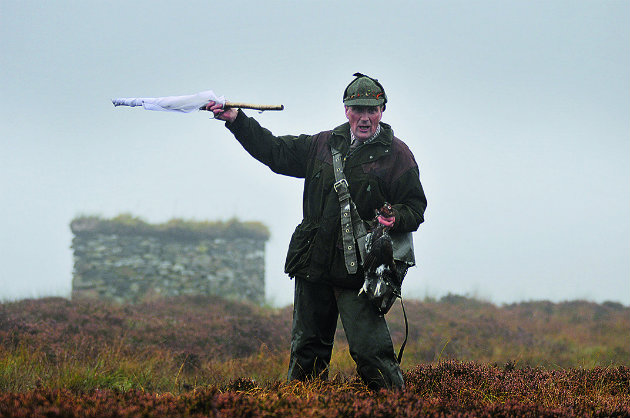
MPs appreciated the all-round significance of grouse shooting for remote moorland communities
On the rack in Parliament
Having obtained the requisite number of clicks, the petition was referred to the Petitions Committee, which opted to call for written evidence and arrange a preliminary oral evidence session to inform the parliamentary debate. Five hundred written submissions were received, some from campaigning groups both for and against grouse shooting, including my own, and some from concerned individuals.
There were some really extraordinary testimonies to the impact grouse shooting has on upland communities, with gamekeepers, contractors, hoteliers and even plumbers writing to tell parliament that their livelihoods depended on the practice being allowed to continue. The oral evidence session saw Mark Avery and Jeff Knott of the RSPB grilled by MPs on their opposition to grouse shooting, while myself and Amanda Anderson of the Moorland Association were similarly taken to task over our support for it. Our mood as this stage of the process came to an end was fairly positive. Not least because no one had an answer to the key question of what would replace grouse shooting as a land management tool were it to be either banned entirely or, as the RSPB were suggesting, banned in locations where as-yet undetermined licensing criteria had not been met. No one could explain how the hole in the upland economy would be filled. Neither could they say how land uses such as wind farming, intensive grazing or commercial forestry – the only clear alternatives to grouse shooting unless the government intends to lavish vast amounts of taxpayers’ money on conservation work currently funded by landowners – would benefit wildlife.
Overwhelming victory
Despite all our optimism, we couldn’t have anticipated the overwhelming rejection of the petition we saw at the eventual debate. In Westminster Hall, the secondary chamber of the House of Commons, 30 MPs made speeches or interventions and none called for a ban on grouse shooting. One, Caroline Lucas, clearly supported the idea but as she always has, this can’t really be chalked up as a win for the petition, and she didn’t actually call for a ban in the chamber. A couple of MPs expressed legitimate concerns, concerns shared by the shooting community and that are subject to ongoing improvement on the ground, but the almost unanimous sentiment was that grouse shooting is almost entirely beneficial to the uplands. Parliamentarians were confident that grouse shooting provides a sanctuary to some of the UK’s most precious bird and plant communities, and were reassured that, where problems exist, management techniques are adapting in line with emerging scientific evidence. There was never a threat of legislation against grouse shooting, but this show of faith in upland communities was very welcome.
So what next for the shooting community, grouse moors and those who know their true value? In the short term we wait to see where the anti-shooting campaign moves next. This petition has re-energised those who oppose all game shooting, and we need to be alert for an increase in anti-shooting agitation. Campaigns against snaring and game farming have increased in intensity, aided and abetted by the BBC; and Chris Packham has launched a petition against woodcock shooting. The importance of the whole shooting community standing together in the face of such a diverse range of campaigns cannot be over-emphasised.
The “ban grouse shooting campaign” will go quiet for a while. There may be some calls for an enquiry into moorland management, but the parliamentary debate demonstrated how little appetite there is for any further action on the subject. In the longer term we need to avoid complacency. We need to be prepared for this issue to resurface, and when it does to be arguing from a position of strength. Therefore progress needs to be made in all of the conservation projects that the shooting community is spearheading – rewetting peat and blocking agricultural drains in particular.
Crucially the Hen Harrier Joint Action Plan must bear fruit and all shooting-related raptor persecution completely eradicated. There is a role for everyone to play in the effort to promote the benefits of grouse moor management to the public and to politicians, and this is where we at the Countryside Alliance will focus.
Whilst we will be working in Westminster, Holyrood, Stormont and the Senedd to promote shooting and to discredit every effort our opponents make to discredit it, we need moorland managers to reach out not only to the local communities that probably already feel the benefits of grouse shooting, but to surrounding towns and cities. Inviting local politicians, schools, walkers, naturalists and other clubs and societies out onto the hill to see the realities of moorland management is the most powerful thing anyone can do to safeguard grouse shooting.
The debate in Westminster Hall confirmed everything those of us who know grouse shooting well already knew: that it is enormously beneficial to upland communities and biodiversity. The task ahead of us is to now establish good moorland management as an undisputed, irreplaceable conservation tool in the mind of the public and the Government. That is a task in which we all have a role to play.
Liam Stokes is head of shooting at the Countryside Alliance
MPs give overwhelming support to grouse shooting
The debate was never going to result in legislation but did represent an important opportunity to get some facts concerning…
Why restrictions on grouse shooting would reduce rural tourism
It will come as no surprise that the inquiry and debate into driven grouse shooting, which was triggered by the online petition…
Related Articles
Get the latest news delivered direct to your door
Subscribe to Shooting Times & Country
Discover the ultimate companion for field sports enthusiasts with Shooting Times & Country Magazine, the UK’s leading weekly publication that has been at the forefront of shooting culture since 1882. Subscribers gain access to expert tips, comprehensive gear reviews, seasonal advice and a vibrant community of like-minded shooters.
Save on shop price when you subscribe with weekly issues featuring in-depth articles on gundog training, exclusive member offers and access to the digital back issue library. A Shooting Times & Country subscription is more than a magazine, don’t just read about the countryside; immerse yourself in its most authoritative and engaging publication.






